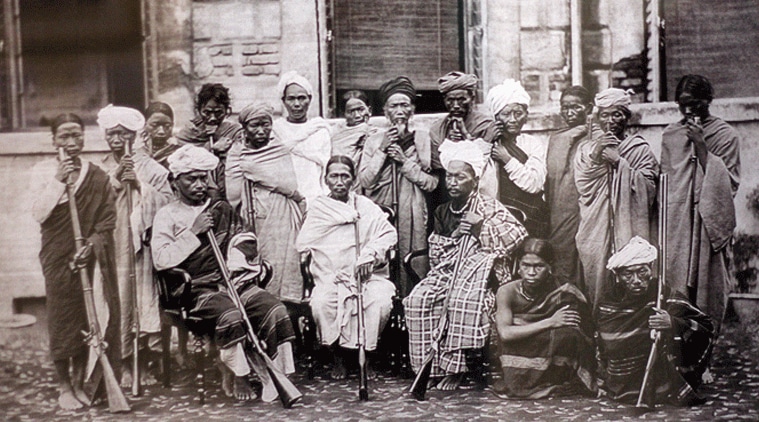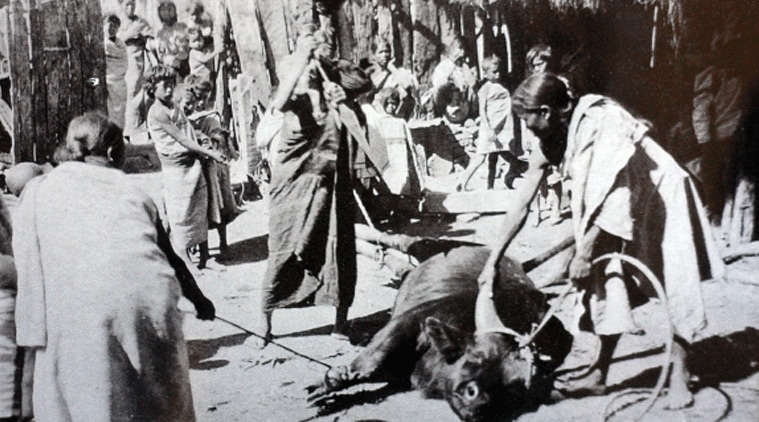Aizawl, Oct 13 : Tripura’s NLFT rebels and a group of Bru militants, who allegedly abducted 11 non-tribals from Mamit district on the Mizoram-Bangladesh-Tripura border, have demanded Rs 30 lakh ransom for their release.
Mamit DSP C Lalnunmawia said the abductors, now suspected to be inside Bangladesh jungles, called up relatives of the hostages in Patharkandi, demanding Rs 30 lakh for the release of the 11 people. “It seems the militants thought the victims to be contractors, but later found out that they were manual labourers working under local small contractors,” he said.
Eleven non-tribals were abducted by suspected NLFT and Bru militants combine from a place near Rajiv Nagar village on Mizoram-Bangladesh-Tripura border in Mamit district on Friday night, the SP said.
Lalnunmawia said 12 militants, 10 of them armed and wearing camouflages, abducted 15 people at around 9.30 pm on Friday, but later released four people belonging to Chakma community .
The abducted persons were manual workers engaged in the construction of RMSA school building at West Phulpui village, he said.
The official said a massive combing operation was launched by the state police but the abductors together with the victims had crossed the Bangladesh border taking advantage of the darkness and the thick forests.
Mamit DSP C Lalnunmawia said the abductors, now suspected to be inside Bangladesh jungles, called up relatives of the hostages in Patharkandi, demanding Rs 30 lakh for the release of the 11 people. “It seems the militants thought the victims to be contractors, but later found out that they were manual labourers working under local small contractors,” he said.
Eleven non-tribals were abducted by suspected NLFT and Bru militants combine from a place near Rajiv Nagar village on Mizoram-Bangladesh-Tripura border in Mamit district on Friday night, the SP said.
Lalnunmawia said 12 militants, 10 of them armed and wearing camouflages, abducted 15 people at around 9.30 pm on Friday, but later released four people belonging to Chakma community .
The abducted persons were manual workers engaged in the construction of RMSA school building at West Phulpui village, he said.
The official said a massive combing operation was launched by the state police but the abductors together with the victims had crossed the Bangladesh border taking advantage of the darkness and the thick forests.















